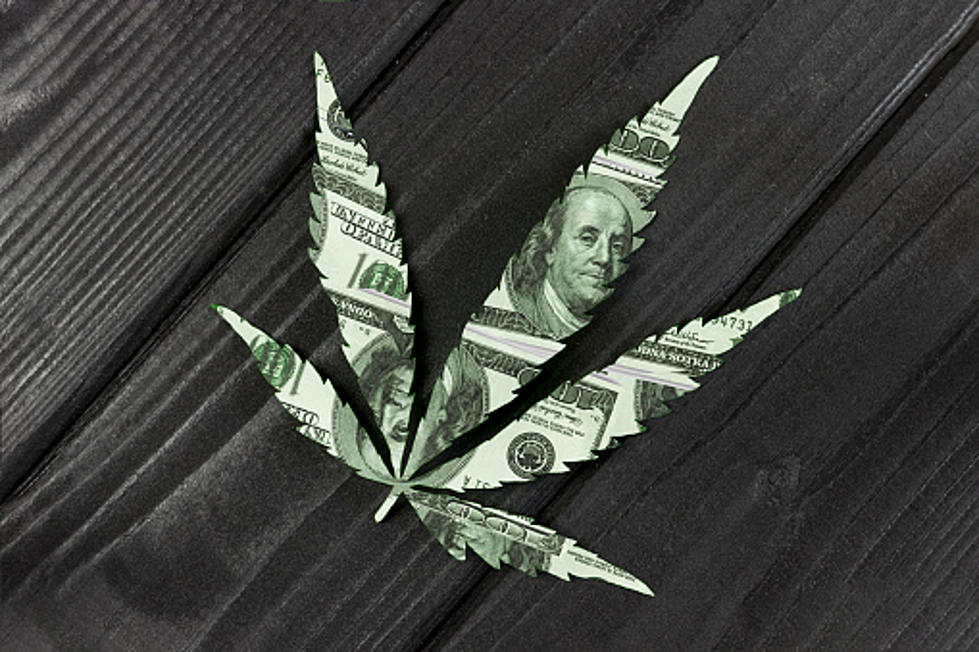
Here’s How Much Illinois Has Made From Legal Weed
I'm sure that you'll recall that recreational weed sales started in Illinois in January of 2020. MedicalMarijuana.net reports that total sales numbers, including both medical and recreational, topped $1 billion dollars by December. That’s over 14.5 million products sold, and 25% of that went to out-of-state residents.
As a marijuana activist here in Illinois once tweeted, "What's the difference between a racing tire and a billion dollars in yearly sales of marijuana? One is a Goodyear, the other is a great year."
Illinois' sales numbers for recreational marijuana took off from the get-go in January of last year, with the first month's sales numbers hitting about $39.2 million, according to the Illinois Department of Financial and Professional Regulation (IDFPR). By the time we wrapped up 2020, December's sales total was $86.8 million.
We haven't slowed our consumption in 2021, either. For the first three months of this year, IDFPR says that these were the monthly totals:
- January: $88,813,872.78
- February: $80,741,641.84
- March: $109,149,355.98
With more and more states jumping onto the recreational/medical marijuana bandwagon, the taxes collected nationwide on sales keep going up and up. Seventeen states have legalized or decriminalized marijuana for recreational use, and many more allow medical marijuana. Five states legalized marijuana in 2020, and New York made it legal in 2021. It’s also decriminalized in the District of Columbia, but it’s not legal to sell it there.
So lets now take a look at what the state's cut of the action (taxes) was here in Illinois last year. The IDFPR puts our state's number at $175,054,982 in taxes collected for 2020. That puts Illinois at number five on the list, behind California ($1,031,879,926), Washington State ($468,810,000), Colorado ($387,480,110), and Oregon ($183,134,448), according to numbers published by USDrugTestCenters.com.
Totaling up all the numbers from weed-friendly states, taxes on legalized marijuana sales have kicked in about $2.5 billion in tax money to various state treasuries.
READ ON: See the States Where People Live the Longest
More From Rockford's New Country Q98.5









